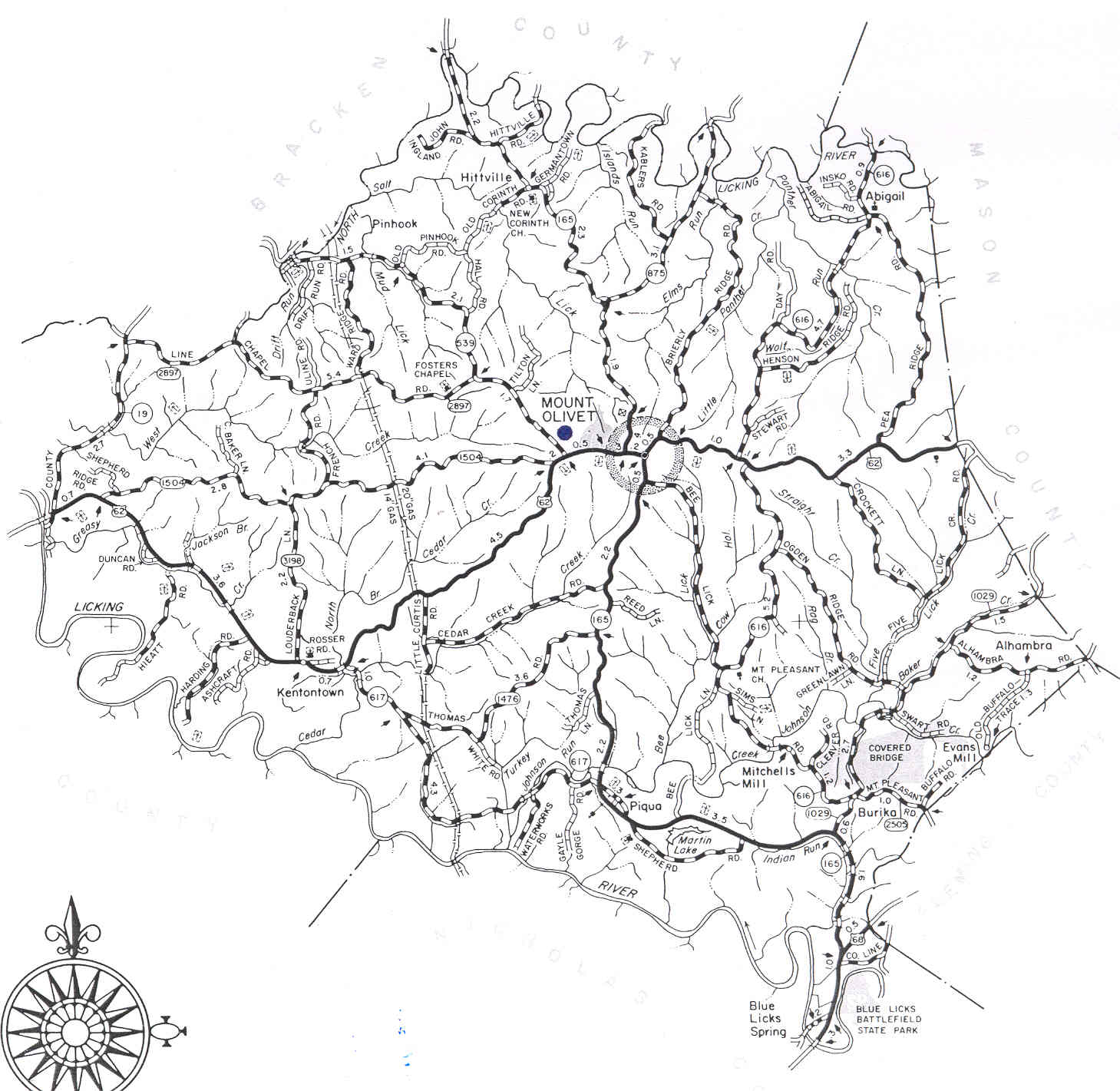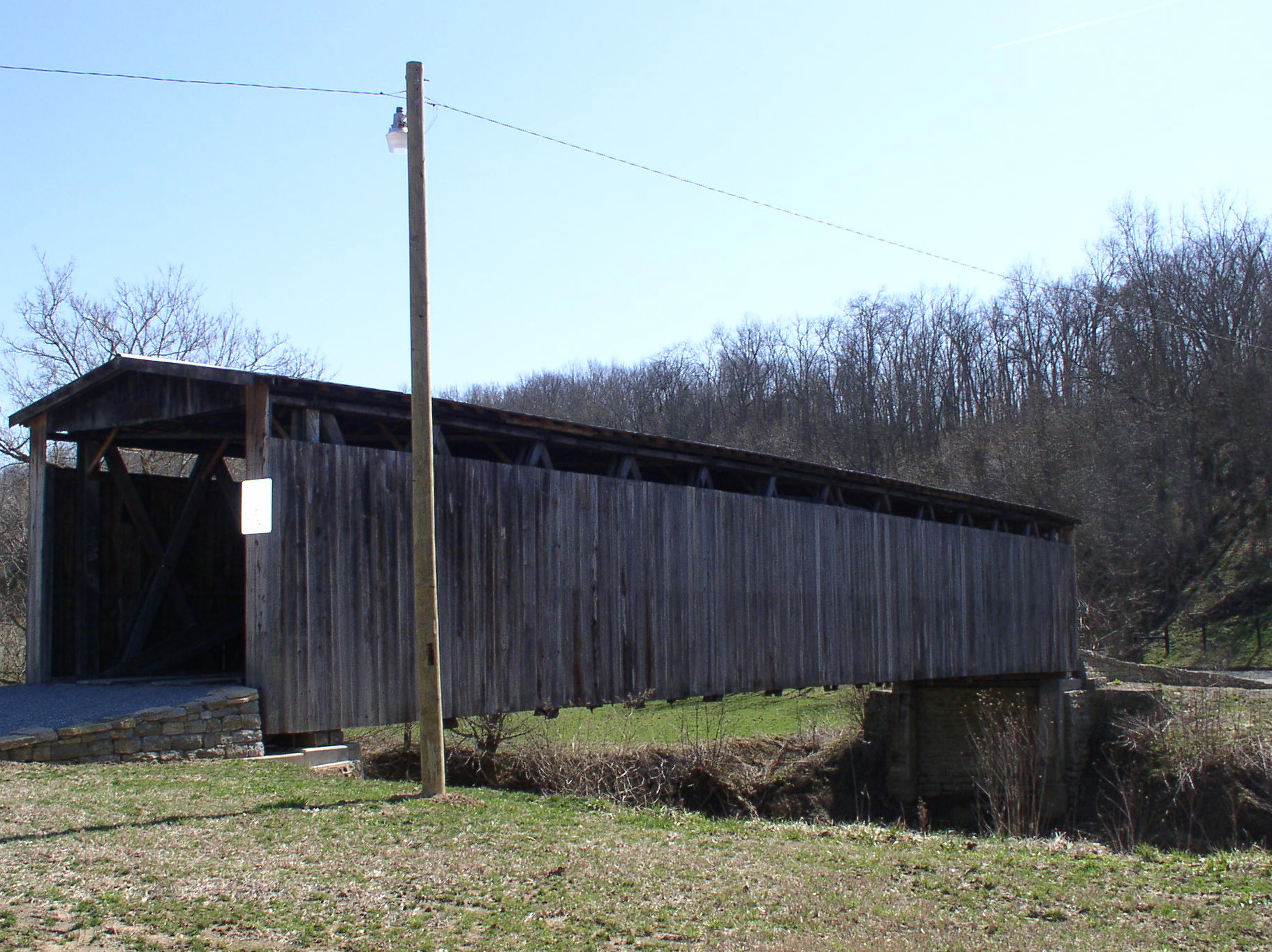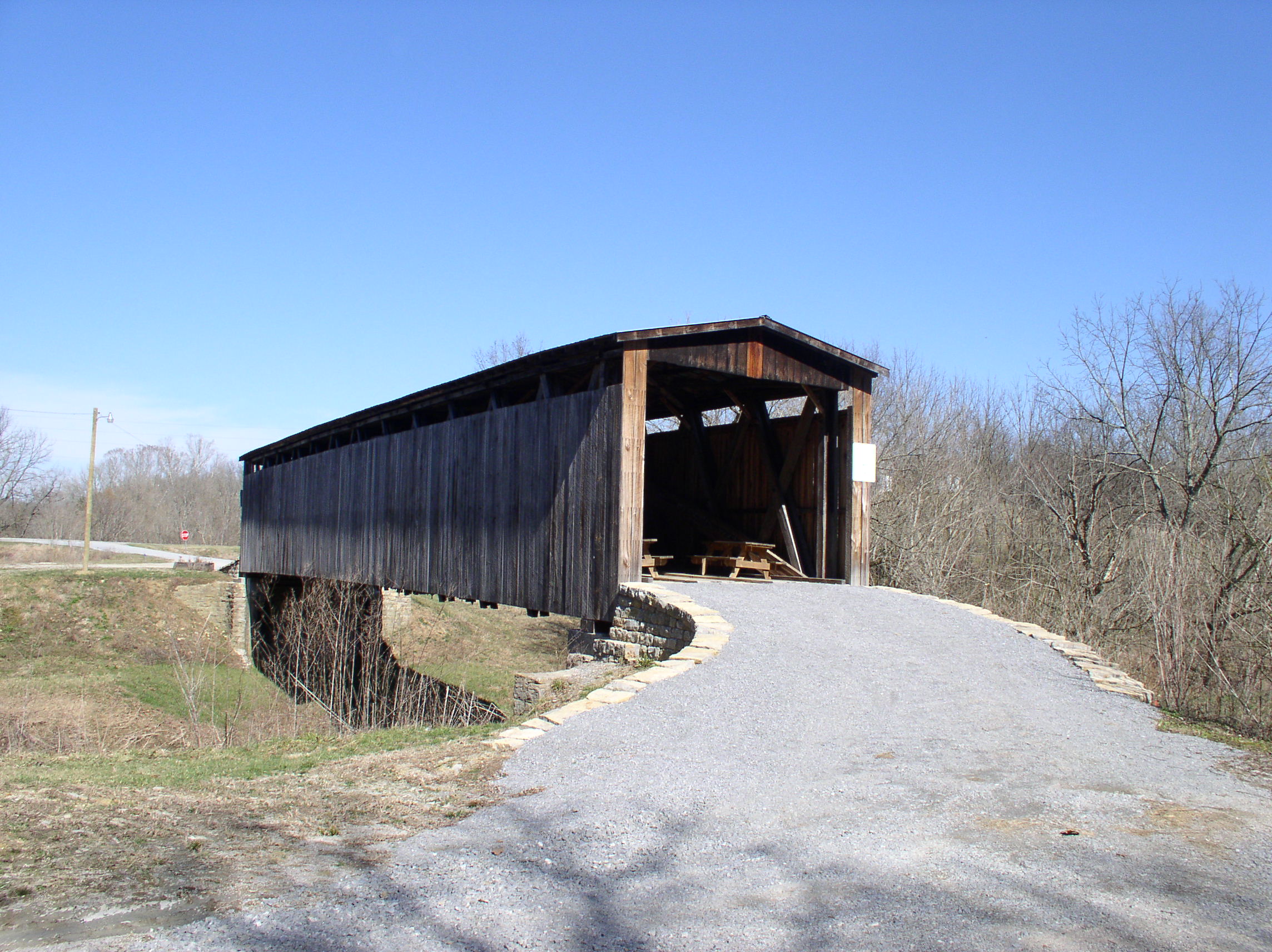Robertson County was created in 1867. Located in the northeastern Buffalo Trace area of Kentucky, the County was formed from portions of Nicholas, Harrison, Bracken, and Mason Counties. It was the 111th County formed in the Commonwealth. Blue Licks Battlefield State Park is approximately 10 miles south of Mount Olivet, the county seat.
The county is named for Judge Robertson, born November 18, 1790 near Harrodsburg in Mercer County, Kentucky. This unusual man denied a third term in the United States Congress, and refused appointments to attorney-general for Kentucky, governor of Arkansas territory, and minister to each of the countries of Columbia and Peru. Instead, he served in the Kentucky House of Representatives, as Speaker for five of those seven years in the House; served as secretary of state; appointed to the court of appeals, becoming chief justice a year later. He resigned from the court in 1843 to be elected again in 1864. Paralysis and almost total blindness forced him to resign in 1871.
Robertson County is situated in the northeast middle section and is bordered on the north by Bracken and Mason Counties, on the east by Mason and Fleming, on the south by Nicholas, and on the west by Harrison.
The surface of the county is hill, but the land can be cultivated. The timber is mostly oak, but with poplar, sugar tree, beech, hickory, and walnut intermingled. The productions and exports are tobacco, corn, oats, wheat, rye, and livestock
******************************************************************************************************************************************************************************************
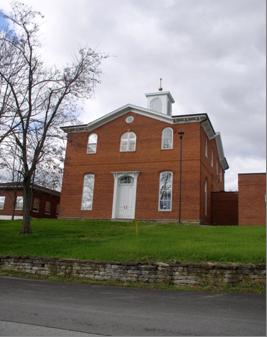
In April of 1868, the first of several committees appointed to draft plans for the building of the Court House was appointed, being, N.A. Tilton, L. B. Cameron, and J. K. Hester. In July 1868, Thomas Owens, William Prather, O. S. Deming, and J. A. Buckler were appointed to correspond with ‘undertakers’ as to the cost and plan of a Court House. At the same meeting, James B. Ogden, Thomas Owens, and W. M. Chandler were appointed to receive bids for the building of a County Jail upon the Court House Square. In August, William C. Miller submitted the lowest bid for furnishing the cells, lining the inside of the jail and furnishing the tin roof. The committee was ordered to enter into contract with Miller and Powers for the completion of said building and to superintend the same. On April 24, 1869, Hugh Powers was ordered paid $2,125.34 for material for the jail and a note was drawn on the Banking House of Pearce Wallingford and Company, Maysville for this amount and was signed by Duncan Harding, James B. Ogden, James Bratton, and John McDowell, members of the County Court and they were pledged the security of all subscriptions for Public Buildings in the year 1869, together with the jail house and appurtenances. William C. Miller produced his account for $2050 for furnishing materials and building the jail and jailhouse. A note was drawn for $1500 on Pearce Wallingford and the remaining $550 was ordered paid from the County Treasurer.
As early as 1868 a special tax was levied for Public Buildings and was fixed at 10 cents upon each one hundred dollars of taxable property and $1.50 per capita on each taxpayer in the County. On February 12, 1872 the Court officially decided to make the Courthouse a brick structure instead of a frame building as had originally been planned, and G. M. Williams was awarded the contract. The actual date of completion of the building is uncertain but at the November 17, 1873 meeting of the Court it was ordered that Williams be notified to complete the Courthouse according to contract within two weeks of this date. The Justices were also notified at this meeting to appear at the Courthouse on a day to be named for the purpose of receiving the Courthouse and necessary orders pertaining thereto.
Money for the building of the Public Buildings was raised by special tax, and also several different people loaned money to the County for this purpose, however, still suffering a shortage the Court received from the Blue Lodge FAM the sum of fifteen hundred and on November 25, 1875 deeded to the Lodge the upper story of the Courthouse.
According to a recapitulation made in 1873 by W. M. Chandler, County Treasurer, $7,084.72 was paid to G. M. Williams for the construction of the Courthouse. In addition he was paid twenty cents per book space and fifteen cents per pigeonhole for the shelving of the vault.
*******************************************************************************************************************************************************************************************
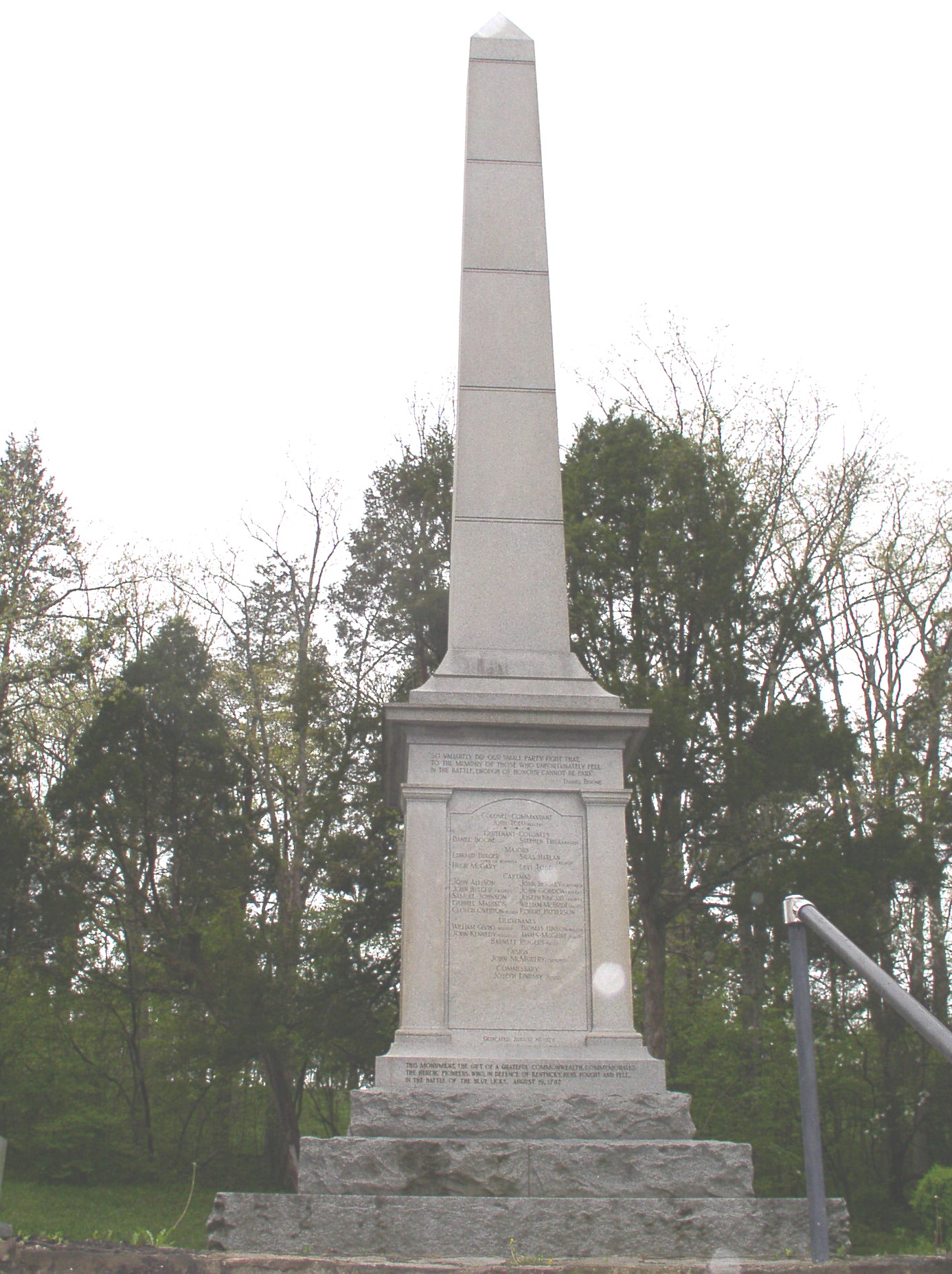
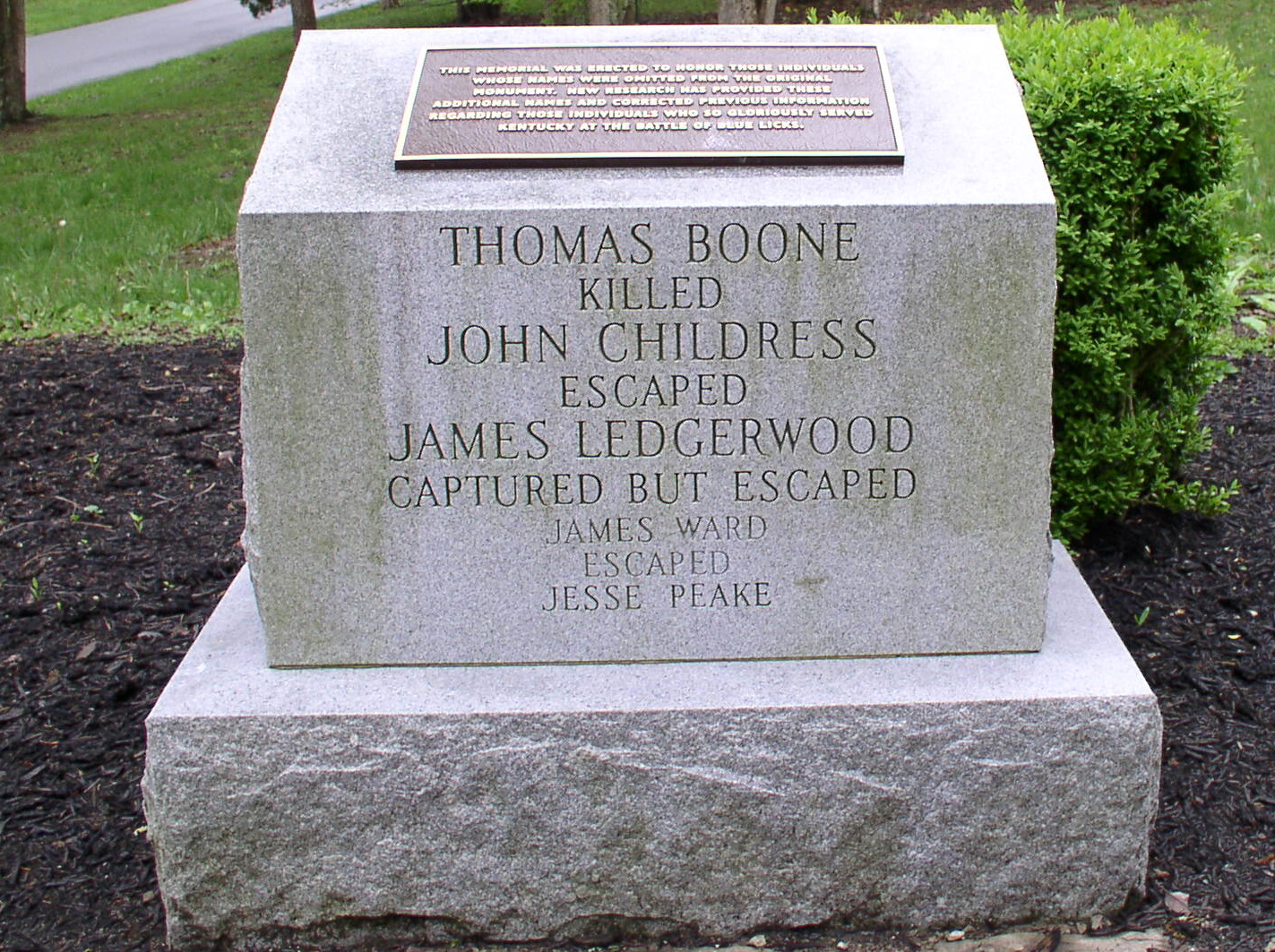
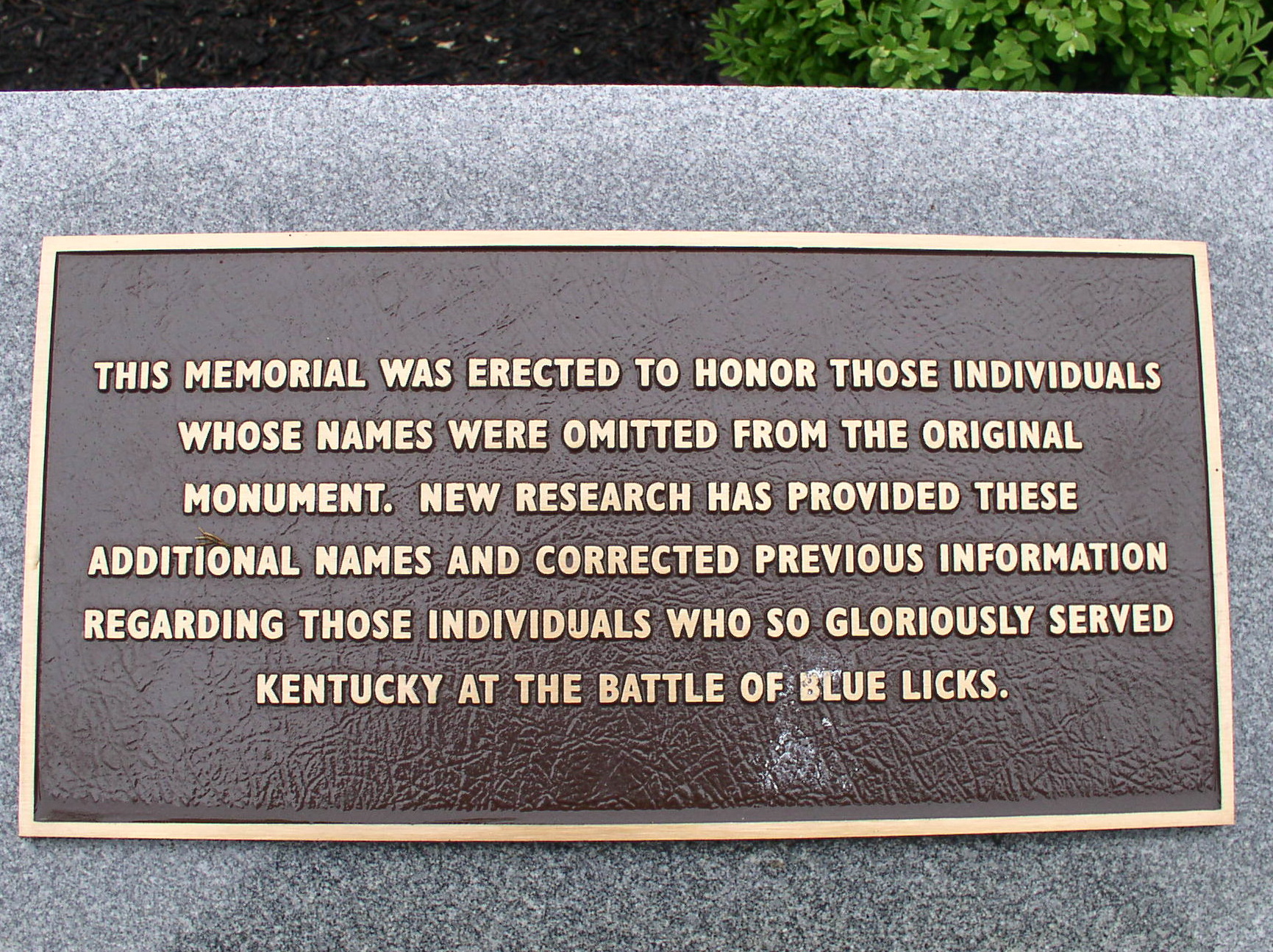
*******************************************************************************************************************************************************************************************
The Johnson Creek Bridge once carried KY 1029 across Johnson Creek north of Blue Licks State Park in southern Robertson county. Built in 1874, it was a 131-foot Smith truss design bridge. On south side of SR 1029 just south of Swart Road, over Johnson Creek. The bridge was restored in 2008 -2009.
Location: N38° 28.938' W83° 58.705'
********************************************************************************************************************************************************************************************
Ogden School Historical Remarks
The deed for the school property was dated December 22, 1871, from William E. Adamson and John T. Adamson the William Roys, Asbury Henson, and J. B. Ogden, school trustees. Said land was to revert back to the donor whenever it ceased to be used for school purposes. The name of the school most likely derived from the number of Ogden families living on Ogden Ridge.
The surviving building is a log structure built in about 1871. It was built in order to serve as a one-room schoolhouse. The school was a one-room structure whose outside walls were covered with clapboards and the roof was made of wood shingles. Only a few of the original clapboards are still in place. Large stones from in the area were used for the foundation. A metal roof was installed about 1930 due to deteriorating shingles. The original heater was a wood-burning box type stove. A pot-bellied stove that burned coal was installed later. The drinking water was hauled to the school by the older students and came from neighboring wells and a nearby spring. As of 1971 the spring was still active. Records indicate that the school closed on March 24, 1932. It has been vacant since its closure. The Robertson County Tourism and Convention Commission took ownership of Ogden School during August of 1998.
The hand-hewn log building is important because it is a link to our past and is the only 131-year-old one-room schoolhouse in Robertson County and several adjoining counties.
Location - The site is on Hwy. 616 near Ogden Ridge Road southeast of Mt. Olivet
Before
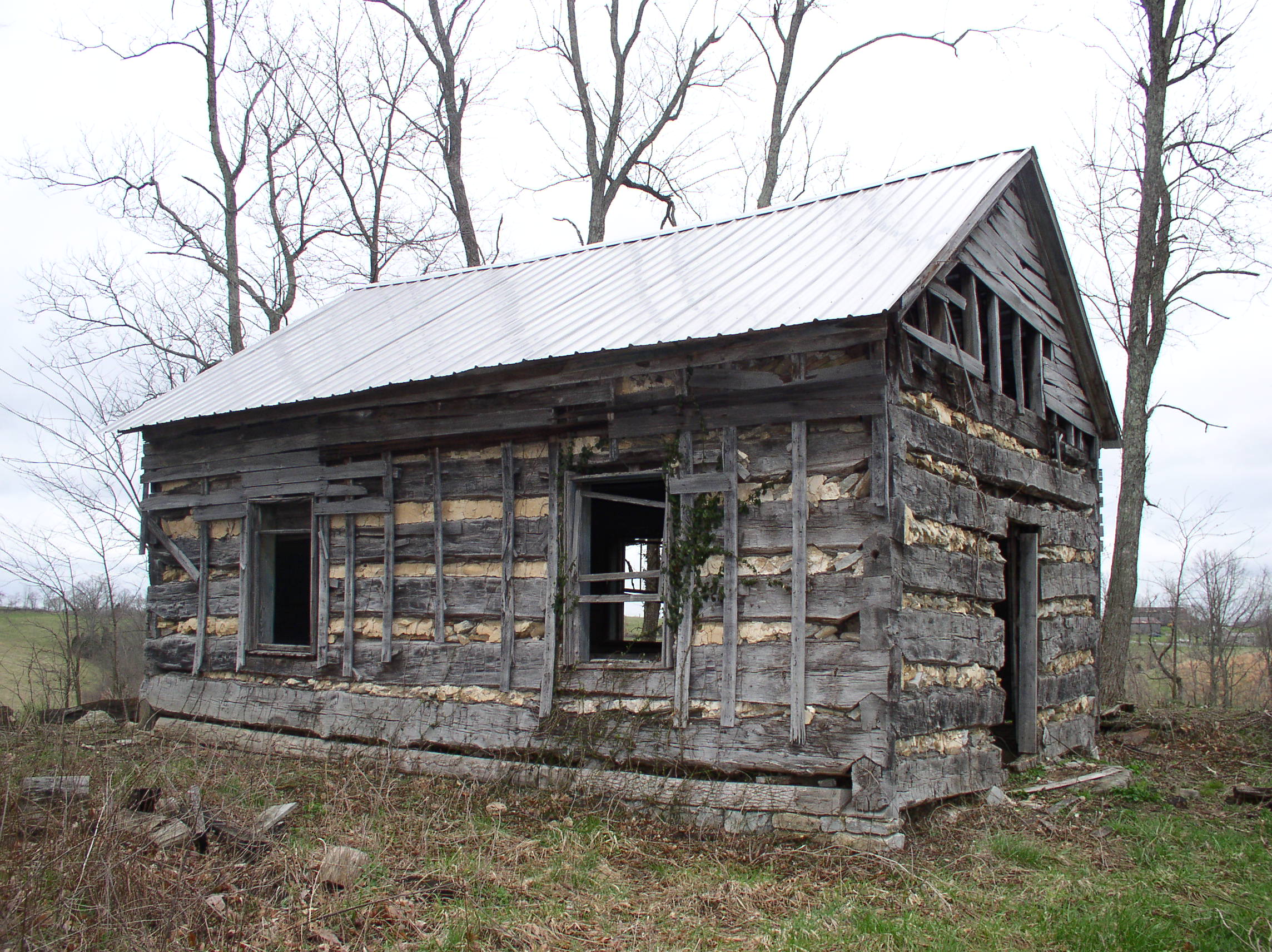
After Renovation
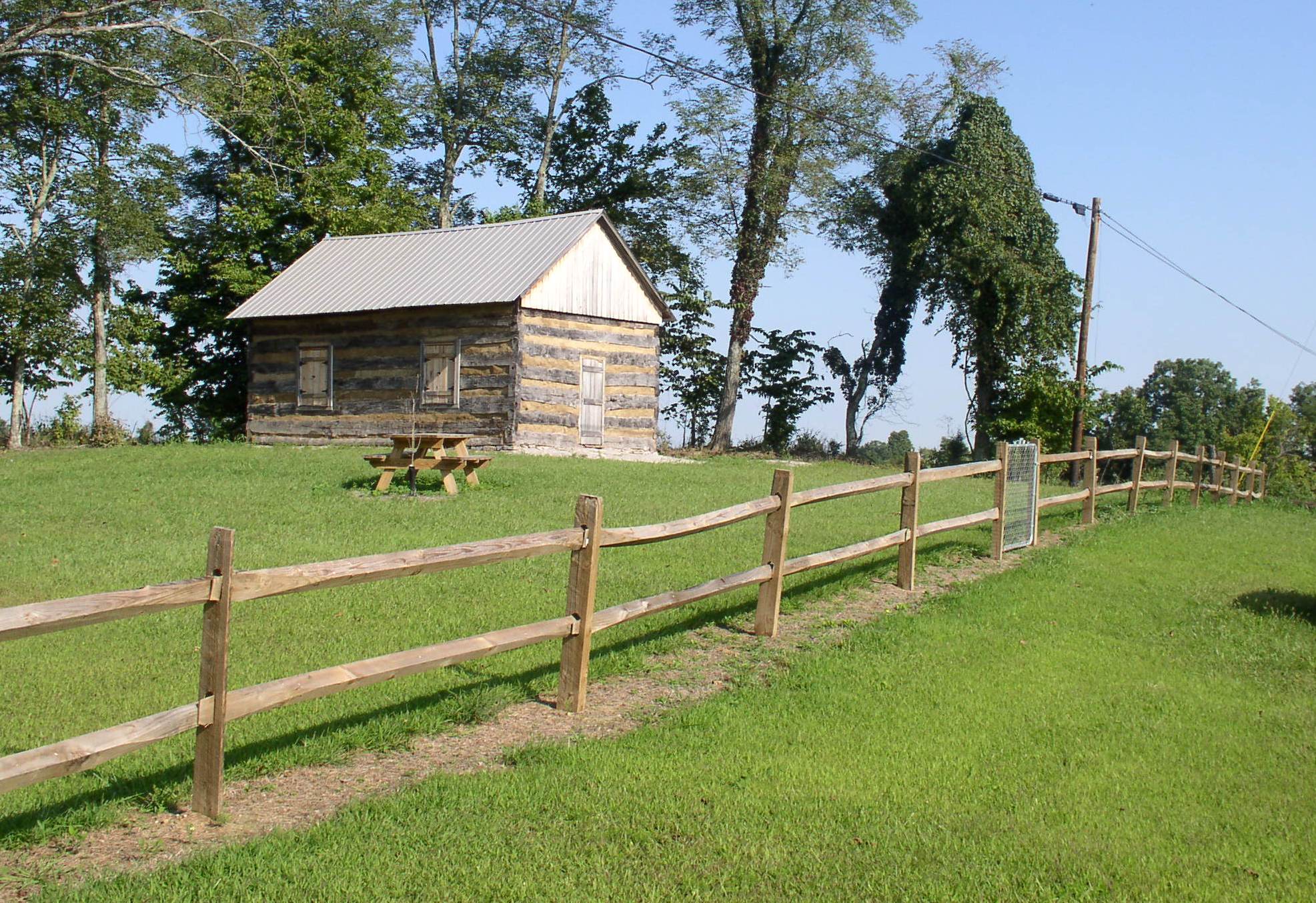
Partial History of Ogden Ridge School
Written July 1971 by Earl Adamson:
This historical report will go back as far as 1903, save for the time of recording the deed. And now for the deed. Deed dated December 22, 1871, from William E. Adamson and John T. Adamson to William Roys, Asbury Henson and J. B. Ogden, school Trustees. Said land to revert back to the donor whenever it ceases to be used for school purposes.
The name of the school must have been derived from the number of Ogden families who live in this area, Ogden Ridge, etc.
Now as to my own knowledge and experience of the school, which was a log structure, the seats were wide boards with backs for the most part, one or two without backs.
The heater was an old time box type stove. The patrons of the school would haul or drag in long poles of wood, the older boys would chop the wood into stove lengths and the younger ones would carry it in and place it in the big wood box. On cold days we would pull the benches around the stove to try to keep warm. Later we had a pot-bellied coal stove placed in the school house and then coal and more heat, but hardly enough to keep warm unless you were close to the stove and then you were too – hot.
The drinking water came from the neighboring wells until their water ran low. Most of the water came from a never-failing spring on the farm of Mrs. Emma Kenton, now the farm and spring belong to Warren Buckler. The older pupils carried the water for the most part. They would start from the spring with a full bucket of water and if lucky arrive at the schoolhouse with a half bucket. On the way back a lot of weed seeds or blooms were accumulated. Then the children, all with their hands in the air, were asking for a drink. By the time they were through it was time for another trip to the spring. We finally got a water cooler or a place to put our water at least.
Then the day came writing desks were delivered. “What a day” – ink wells. New to us, for days the tops on the ink wells were going click, click, click”.
Our recreation was what we made it. Ball, “Twine ball” the best we could afford. We would play Drop the handkerchief and Base, whatever that was, etc.
Now as to instructors or teaches. These are the ones we remember. We hope we are left none out. These are not in chronological order and all these are not full termers. Some taught spring school: Miss Bessie Case Paynter and Mrs. Anna Daulton.
My first teacher was Miss Rhoda Case Ogden, then Cleveland Moore: Prof. George W. Jett, Otis Barry, Hyland Linville, Prof. Howard Orme, Miss Henrietta Stewart, Miss Mae Haley, J. J. Robinson, Mrs. Katherine Buckner Deming, Miss Myrtle Clark, Mrs. Stella Reed Orme, and Mrs. Mary Linville Walker. The last teacher of the school was Mrs. Anna Mae Massey, The day the school closed its doors for the last time was March 24, 1932, according to Supt. Robert Adkins’ files. A final note - A cistern was finally dug and the last years of this school were a little more modern than the years I attended. Also, another outhouse for the boys (was constructed). Our own three children had a bit more than we had, but we are all indebted to our fine corps of teachers through the years who have left a great influence upon our lives. May God bless the memory of those who are gone and those of our teachers, who remain, may heaven smile upon you for all you have done.
*****************************************************************************************************************************************************************************************
Located on Piqua Road in Robertson County
The former Piqua School dates from 1917 or older. It is being restored.
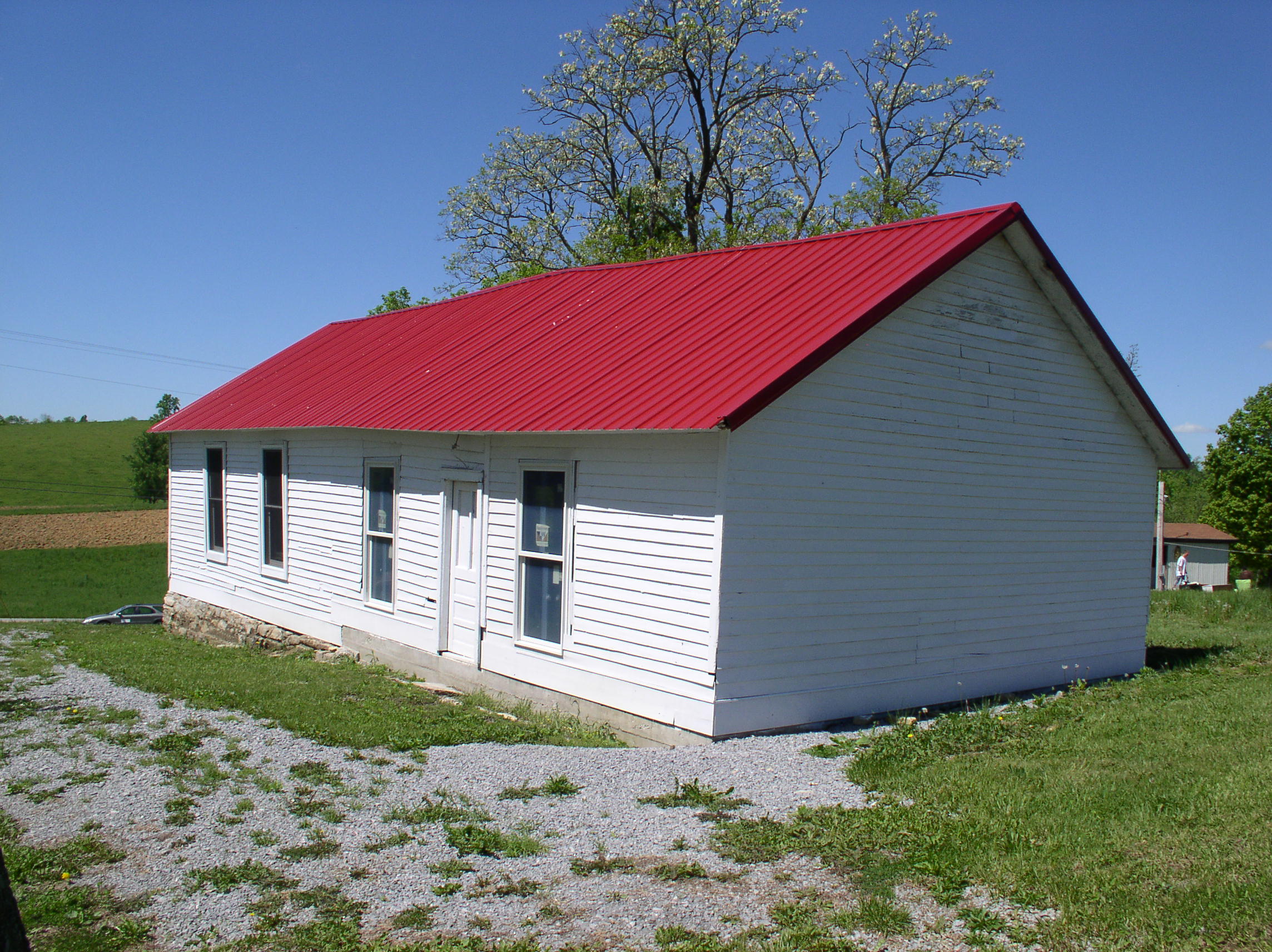
Comments from: ROBERTSON COUNTY
HISTORICAL SOCIETY NEWSLETTER
Editor: Garnetta Whitaker
Issue 6: July 1999
Picnic at Piqua School
The June 21st Historical Society meeting was a picnic at the old Piqua School. The picnic was attended by 45 plus members and guests. Attending were several former students of the school picnic supper Marjorie Montgomery started the program. At Gladys Shepherd’s request, Marjorie opened the program by singing
“School Days, School Days”. She then told of the activities that went on at the school.
The games included playing baseball with a bat made by whittling a board down to size, Run Rachel Run which took the children up the hill behind the
school house, Mumble peg with a pocket knife, and Stink Base. There was a field day which was an annual event county wide. Each school would compete against the others in various field events. Class room activities included Map Rolls on Friday afternoon. Two pupils stood with their backs to a large map, with sticks in hand, and when a city or state was called out hurried to find it. Also there was the spelling bee. The whole room
stood up intwo rows, words were given and if you missed a word you had to sit down. This continued until there was only one standing – the winner.
The students carried water from a spring across the road. If students were small they would use a stick through the handle to share the load. There was a common dipper for everyone’s use. Keeping the wood fire going and the school cleaning was done by the students.
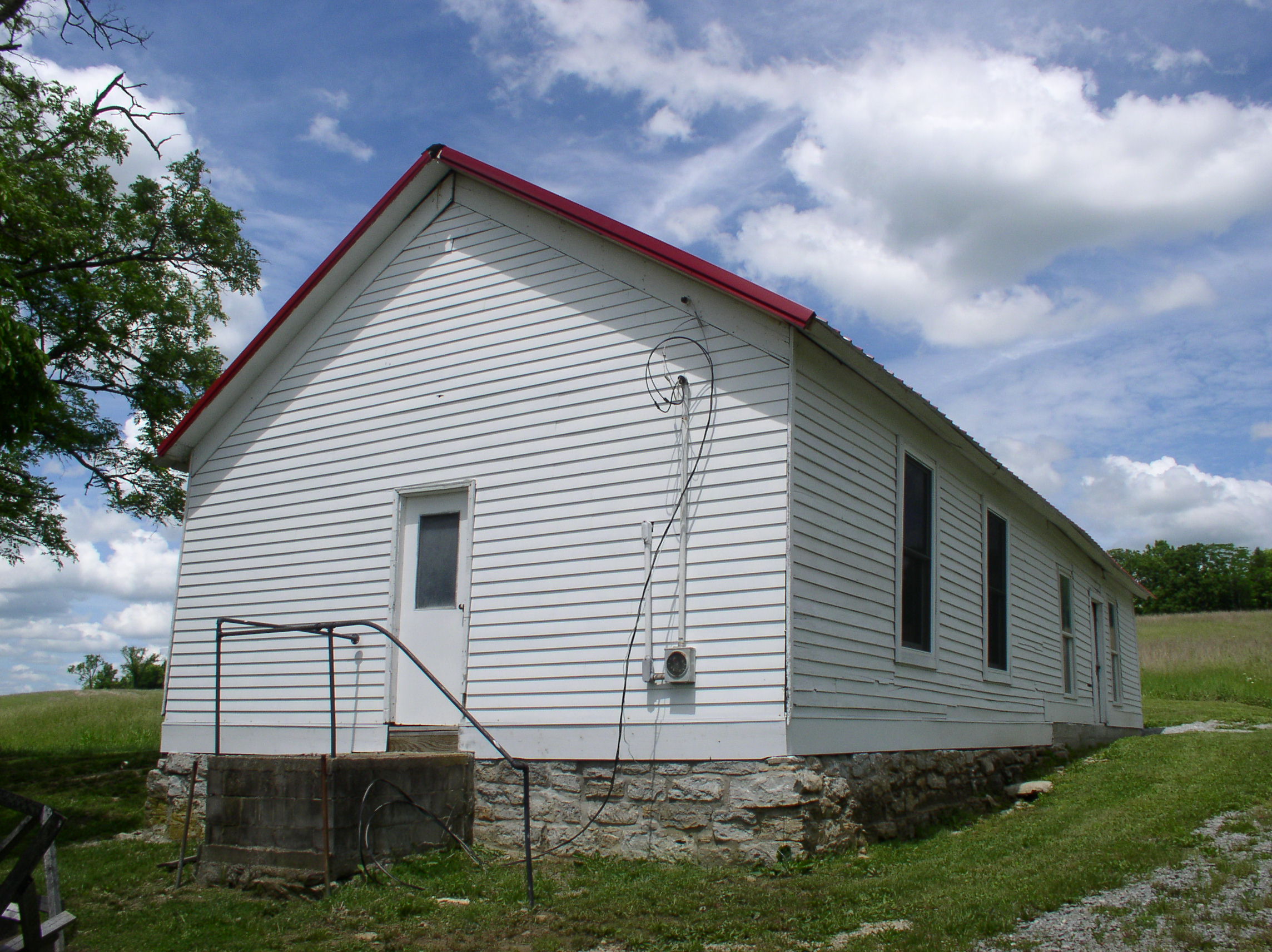
SOME PIQUA TEACHERS
1917-1918 - Nettie Barnett
1918-1919 - Ellery Hall
1919-1920 - Arlie Shepherd
1920-1921 - Arlie Shepherd
1921-1922 - R. E. Libscomb
1922-1923 - F. E. Bradley, Jr.
1923-1924 - Josephine Mastin
1924-1925 - No records
1925-1926 - No names
1926-1927 - Robert T. Adkinson
1927-1928 - Carrie Shepherd & Earnestine Lauderback
1928-1929 - Virgil Fryman
1929-1930 - Mrs. Gilbert & Leota Colver
1930-1931 - Arlie Wells
1931-1932 Anna F. Chamberlin
1932-1933 - W. J. Fryman
1933-1934 - No records
1934-1935 - Virginia Overbey & Mrs. Paul Dryden
1935-1936 - Lucian Robinson & William A. Martin
1936-1937 - William A. Martin & Nellie Lundrigan
1937-1938 - Mary Linville & J. W. Mullikin
1938-1939 - No records
1939-1940 - No name
1940-1941 - Mrs. Ivan Mason & Nellie Lundrigan
1941-1942 - Louise Craig & Nellie Lundrigan
1941-1943 - Louise Hitch
1943-1944 - Audry Dryden & Nellie Lundrigan
1944-1945 - No records
1945-1946 - Anna R. Chamberlin & Nellie Lundrigan 1946-1947 - No records
1947-1948 - Mary E. Fooks
1952-1953 - Miranda Anderson
1953-1954 - Mildred Chandler
1954-1955 – Mildred Chandler & Nellie Lundrigan
1955-1956 - Mrs. Alton Mitchell & Jewell Overbey
1956-1957 - Mrs. Alton Mitchell
